Many animal species are in danger of extinction due to human activities. Crocodiles are one of the most endangered animals. According to the Red List of Threatened Species of the World Conservation Union (IUCN), several crocodile species are classified as endangered. These categories change over time, with the number of individuals of the species and the continuous assessment of the conservation status of the crocodile's habitat. We would like to inform you that currently no crocodile species is included in the "endangered" category, that is, "threatened species". Instead, there are some species that are vulnerable or even critically endangered. Examples are the Orinoco crocodile, the Philippine crocodile and the Siamese crocodile.

Why Are Crocodiles Endangered?
7 Endangered Crocodile Species
Orinoco Crocodile
Philippine Crocodile
American Crocodile
Marsh Crocodile
Cuban Crocodile
Siamese Crocodile
African Slender-Snouted Crocodile
The Importance of Crocodile Conservation
Conclusion
Crocodile populations are in decline mainly due to human activities such as habitat destruction, illegal hunting, the leather trade, and environmental pollution. Many species are now listed by the IUCN as endangered, critically endangered, or vulnerable.
1. Orinoco Crocodile (Crocodylus intermedius) – Critically Endangered
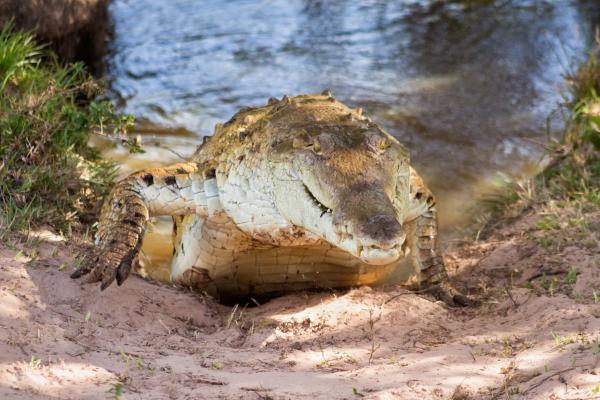
Native to the Orinoco River basin in South America, it is one of the largest crocodiles on the continent, reaching over 5 meters. This species mainly eats fish but also hunts mammals, birds, and reptiles. Habitat loss and poaching for skins have decimated its population.
2. Philippine Crocodile (Crocodylus mindorensis) – Critically Endangered

Endemic to the Philippines, this freshwater crocodile can reach up to 3 meters in adulthood. It preys on fish, crustaceans, birds, and mammals. The main threats are habitat destruction, land conversion, and illegal hunting, making it one of the world’s rarest crocodiles.
3. American Crocodile (Crocodylus acutus) – Vulnerable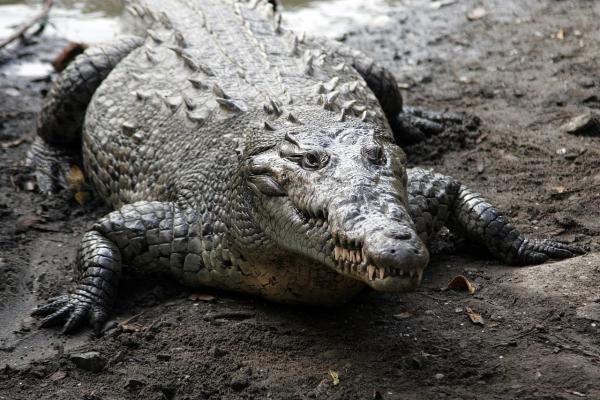
Found from the southern US to South America, this species can exceed 5 meters in length. Populations have dropped due to habitat loss and the skin trade, but some recovery efforts are underway.
4. Marsh Crocodile (Crocodylus palustris) – Vulnerable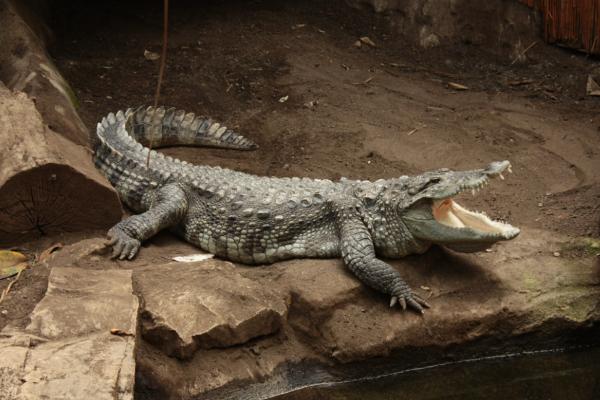
Also known as the mugger or swamp crocodile, this species lives in India and Southeast Asia, mainly in freshwater habitats. Adults grow to 2–3 meters. Overhunting and habitat conversion caused drastic declines, but captive breeding has helped stabilize numbers in some regions.
5. Cuban Crocodile (Crocodylus rhombifer) – Critically Endangered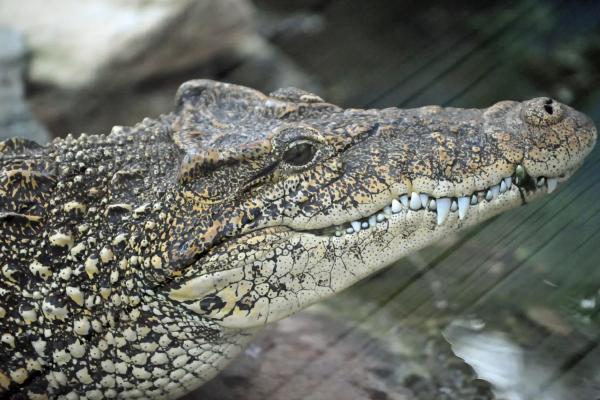
Endemic to Cuba, this species inhabits freshwater swamps and wetlands. Adults are 2–3 meters long. Loss of habitat and illegal hunting have pushed the population to the brink, with only a few remaining wild populations.
6. Siamese Crocodile (Crocodylus siamensis) – Critically Endangered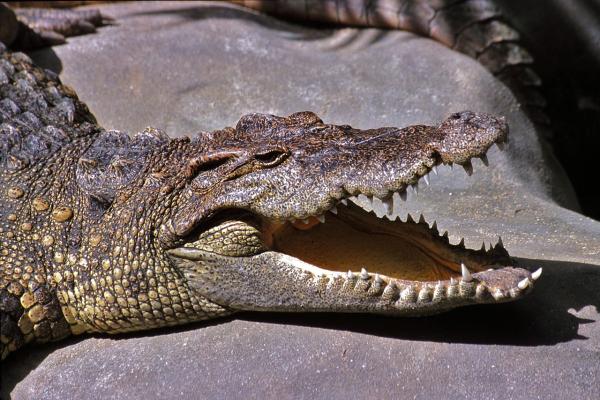
Native to Southeast Asia, found in Thailand, Vietnam, Cambodia, Laos, and Indonesia. Males can exceed 4 meters; females are smaller. The wild population is estimated at around 5,000, threatened by hunting and habitat destruction.
7. African Slender-Snouted Crocodile (Crocodylus cataphractus / Mecistops cataphractus) – Critically Endangered
Inhabits dense vegetated waterways in Central and West Africa. Adults reach up to 4 meters. Political instability and habitat loss have left this species extremely rare in the wild, with many local extinctions.
Crocodiles are apex predators, essential for maintaining healthy aquatic ecosystems by regulating fish and other animal populations. Their protection is vital for overall biodiversity and ecological balance.
Crocodiles are ancient survivors, but today face unprecedented threats from human activity. Saving endangered crocodile species requires global collaboration and urgent action. For more on crocodile conservation and endangered reptiles, follow our wildlife knowledge series!
animal tags: Endangered crocodile
We created this article in conjunction with AI technology, then made sure it was fact-checked and edited by a Animals Top editor.